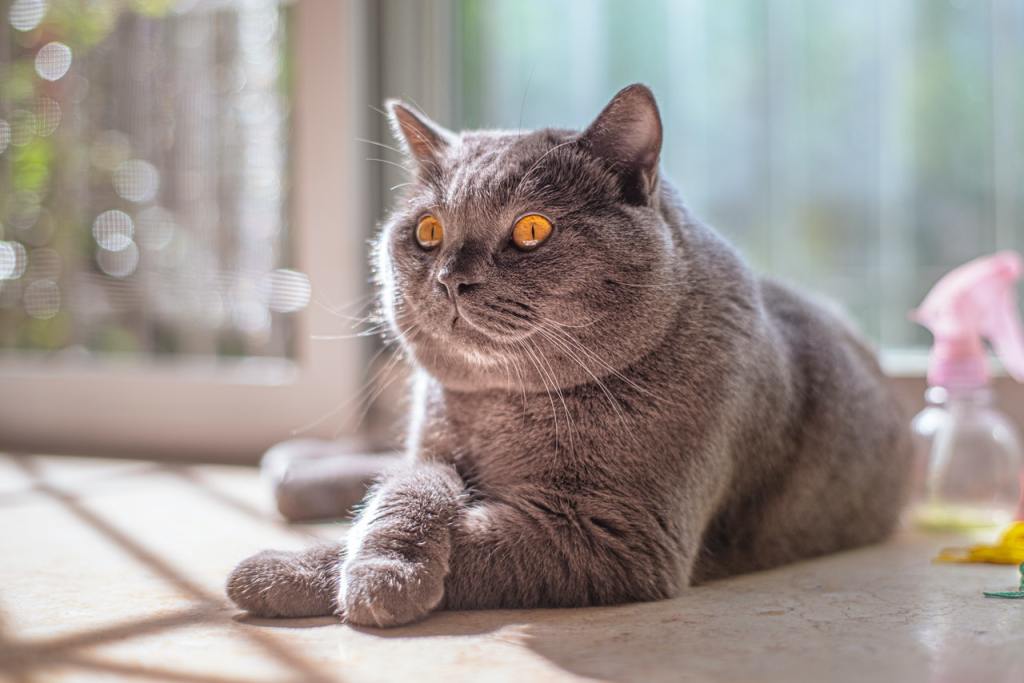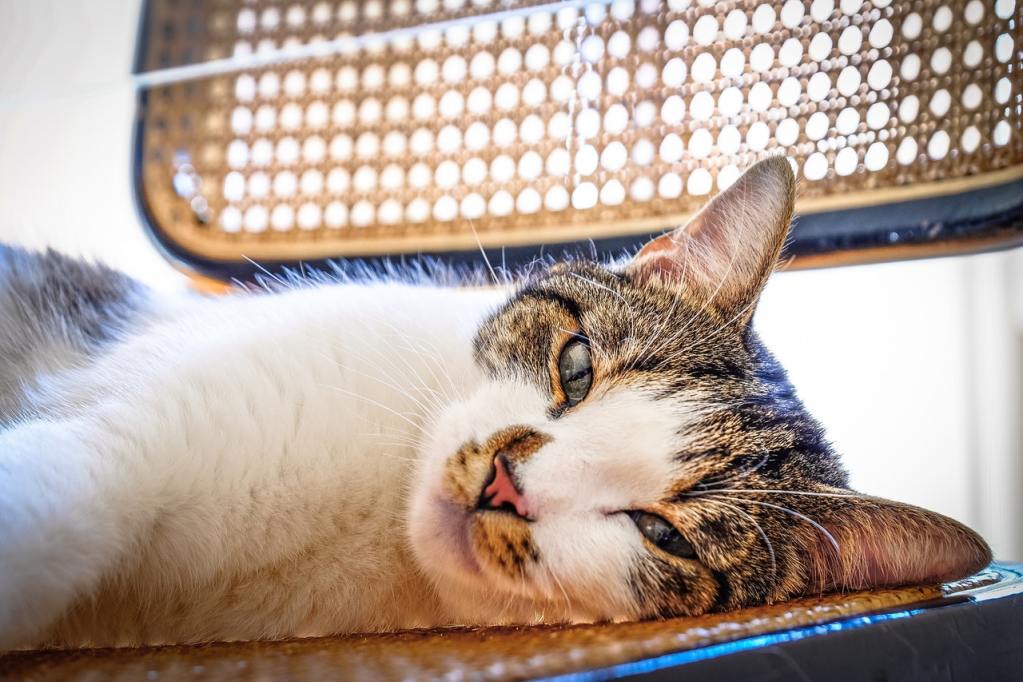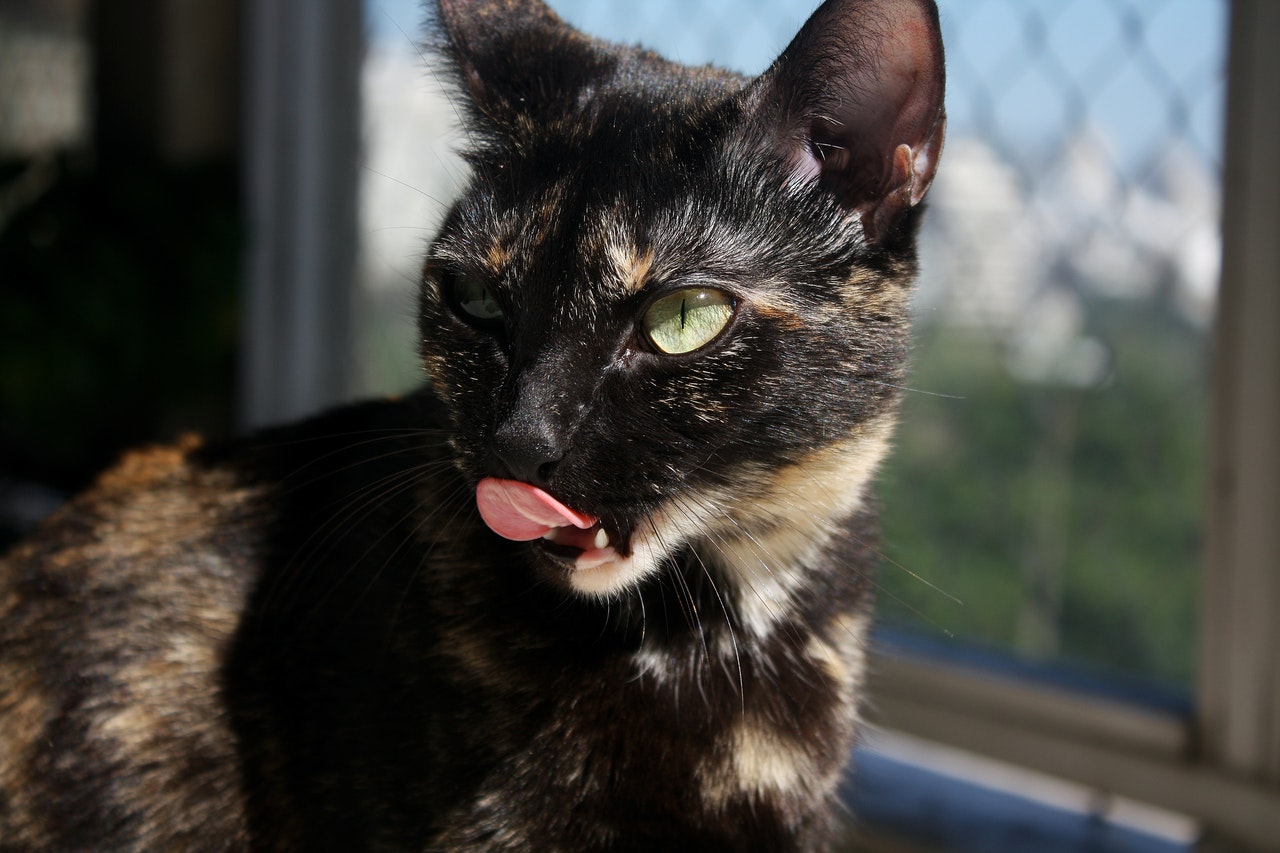Does your cat have a favorite sun-warming spot? If you have a feline fur baby, then you’ve most likely caught them sprawled out in a strip of sunlight, happily catching the rays. Some cats have a preferred spot they always seek out for sunbathing, while others will find any patch of light they can find to enjoy the sunshine.
You may be wondering, “Do cats actually need sunlight? Why do cats sprawl out on sunny windowsills?” We’ll investigate the reasons our crepuscular critters enjoy sunbathing, and we’ll share a few tips for creating a cozy atmosphere in the five spots your cat is most likely to seek out during the springtime.
Why cats are drawn to sunlight

Have you ever wondered why cats love to sleep in sunbeams? The answer might have something to do with their biology. While humans start feeling the heat at around 112 degrees Fahrenheit, our feline companions actually have fewer heat receptors than we do. Your fur baby won’t experience any discomfort until the temperature rises to a scorching 126 degrees Fahrenheit, which is why cats sometimes sleep scarily close to space heaters or might even stroll across a hot stove.
Cats also have a naturally higher body temperature than we do — around 100.4 to 102.5 degrees Fahrenheit, compared to our average of 98.6 degrees — meaning they can handle heat better than we can. So, why do cats sunbathe? Hint: it’s not to get vitamin D. Unlike humans, cats can’t synthesize vitamin D from sunlight. (Their vitamin D needs are met through their dietary intake.) Lazing in the sun is simply an efficient way they maintain their body temperature while they sleep, a time when their temperature tends to decrease.
5 spots where cat loves to sunbathe

Here we offer some tips you can use to make your cat’s favorite sunning spots safer and even more inviting.
1. Windowsills
Keep your windowsills free of knickknacks. Windowsills make optimal sunbathing spots for your cat. Raise the window blinds, pull back the curtains, and let your fur baby sprawl out in the sun. Sure, you might have to dust your windowsills more often than usual, but it’s well worth it to see your feline companion enjoy the warm spring sunshine.
2. Window perches
Some cat breeds, like Maine Coon and Norwegian Forest cats, are simply too large to fit on the average windowsill. Fortunately, there’s an easy solution. You can purchase a window perch that suction cups to your window, or a cat bed shelf that adds space to the windowsill — just make sure it will support your cat’s weight. Don’t want to spend the money? Try relocating a bookcase or a table beneath the windowsill and covering it with a fleecy blanket to create the perfect sunning spot.
3. Furniture
Does your cat have a favorite chair? Now is the perfect time to rearrange the furniture and place your fur baby’s preferred spot directly in line with the nearest window for optimal sun exposure. If you don’t want your cat to sunbathe on your kitchen table, you might want to move it away from the window. Cats are drawn to any warm, flat surface.
4. Cat tree
Placing your furry friend’s favorite cat tree near a window is a surefire way to get the most bang for your buck. Your cat will not only enjoy spending her days napping in the sun, but she’ll also get some much-needed exercise climbing up and down from her perch. Cat trees are available in a variety of shapes and sizes, but you might want to check out the numerous tutorials online that teach you how to build your own.
5. Screened porch
If you’re lucky enough to have a screened-in porch, then your fur baby has probably already claimed it as her favorite spot to get some sun. No porch? No problem! Cat patios — also known as catios — are readily available and relatively easy to install. If you want to let your fur baby spend some time outdoors safely, outdoor playpens can be a great option.
Closing thoughts

It’s no secret that cats love to spend time in the sun, but it can be problematic if your fur baby’s favorite sunning spot happens to be your kitchen table or your expensive sofa. Fortunately, you can create a perfect alternative spot that your cat will be drawn to day after day to sunbathe. Just be sure to avoid setting up a cat perch in a drafty area. Also, remember to keep window coverings out of reach, and lure your cat to her new perch with a few treats.




